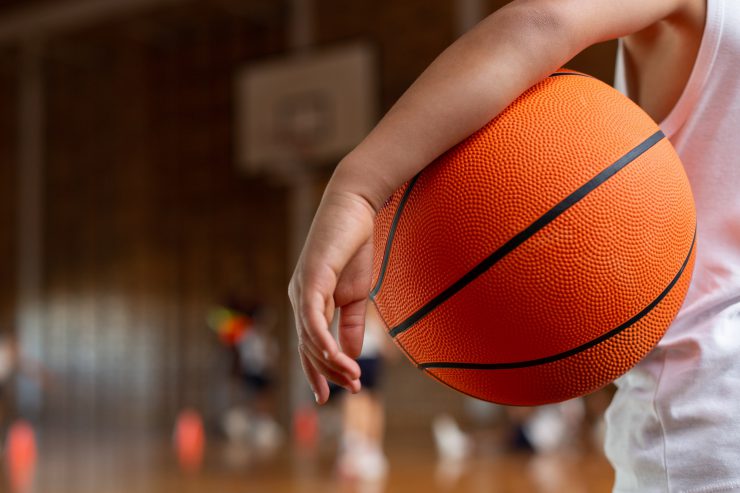Teenage athletes in high school are prone to injuries just like professional athletes. But the type of injuries that can affect high school athletes are a bit different because their bodies are still growing. The growth of bones, tendons and muscles don’t occur at the same rate, making teenage athletes more prone to injuries.
Never Miss a Beat!
Subscribe to Our HealthBeat Newsletter!
Thank you for subscribing!
You can now select the specific newsletters you'd like to receive.
You are already subscribed.
Subscribe to more newsletters in our email preference center.
Sorry, an error occurred. Please try again later.
Get Healthy Tips Sent to Your Phone!
What Are the Most Common Injuries for High School Athletes?
The most common high school sports injuries are usually classified as overuse, acute and catastrophic injuries. The first two categories of injuries in high school sports affect soft tissues: ligaments, muscles, tendons and bones. Catastrophic injuries affect the brain and spinal cord.
Overuse Injuries
These injuries take place gradually over time due to repeated use of various parts of the body during athletic activity, including training and live events. Injury occurs when the body doesn’t have adequate time to recover between these events.
Overuse injuries can affect growth plates, bones and soft tissues. For instance, in baseball, overhand pitching is linked with injuries in the elbow. Injuries to the shoulder are common in swimming, and gymnasts experience overuse injuries at the elbow and wrist.
Stress Fractures
Stress fractures are overuse injuries that often happen among teenage athletes. Bones pass through frequent turnover phases, which is also known as remodeling. During this process, new bone forms to replace older bone. When the athletic activity is intense, particularly during major competitions, the older bone breaks down rapidly, and the new bone may not form quickly enough to replace it. This may lead to a weak bone and a stress fracture.
Acute Injuries
Acute injuries are results of a sudden traumatic event. For instance, if a collision takes place between two players or with an obstacle on the field, an acute injury may occur. Examples of such injuries include bruises or contusions, sprains (tearing or stretching a ligament), fractures and strains (stretching or tearing a tendon or muscle).
Concussions
Concussions are moderate traumatic brain injuries that result from a direct blow to the body or head, which leads to an abnormal and sudden movement of the brain within the skull. Concussions can occur in many sports, but they’re more frequent in sports like football, soccer, ice hockey and field hockey.
What High School Sport Has the Most Injuries?
Here the most common high school sports with their associated injuries.
- Baseball: Pitcher’s elbow, sprains, contusions, ligament sprains and muscle sprains
- Basketball: Strains, sprains, knee injuries and foot and ankle injuries
- Cheerleading: Elbow and wrist injuries, fractures, muscle strains, ligament sprains and concussions
- Dance: Elbow and wrist injuries, lower back injuries, Achilles tendon injuries and Anterior Cruciate Ligament (ACL) injuries
- Field Hockey: Concussions and head and neck injuries
- Football: Concussions, ligament sprains and fractures
- Ice Hockey: Concussions and head and neck injuries
- Lacrosse: Knee sprains, low back pain, concussions, head and face contusions, ankle sprains and wrist fractures
- Soccer: Concussions, ligament sprains, fractures and ACL sprains
- Softball: Pitcher’s elbow, sprains, contusions, ligament sprains and muscle strains
- Tennis: Ankle sprains, patellar tendonitis, lumbar stress fracture and tennis elbow
- Track & Field: Fractures, plantar fasciitis, runner’s knee, contusions, hamstring strains, shin splints and patella tendonitis
About Sports Medicine
An athletic lifestyle carries the potential for injury. Whether you’re an elite athlete or a weekend warrior, UPMC Sports Medicine can help. If you are looking to prevent, treat, or rehabilitate a sports injury, our multidisciplinary team of experts can help you get back into the game. If you are seeking to improve your athletic performance, we can work with you to meet your goals. We serve athletes and active people of all ages and experience levels. Our goal is to help you keep doing what you love. Visit our website to find a specialist near you.
